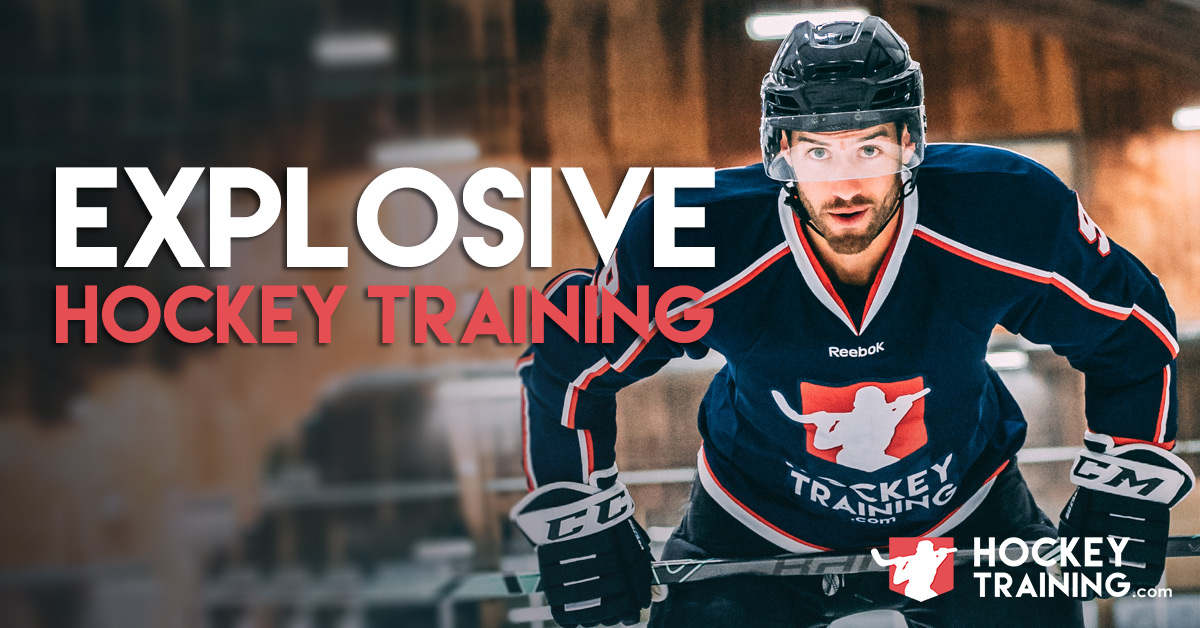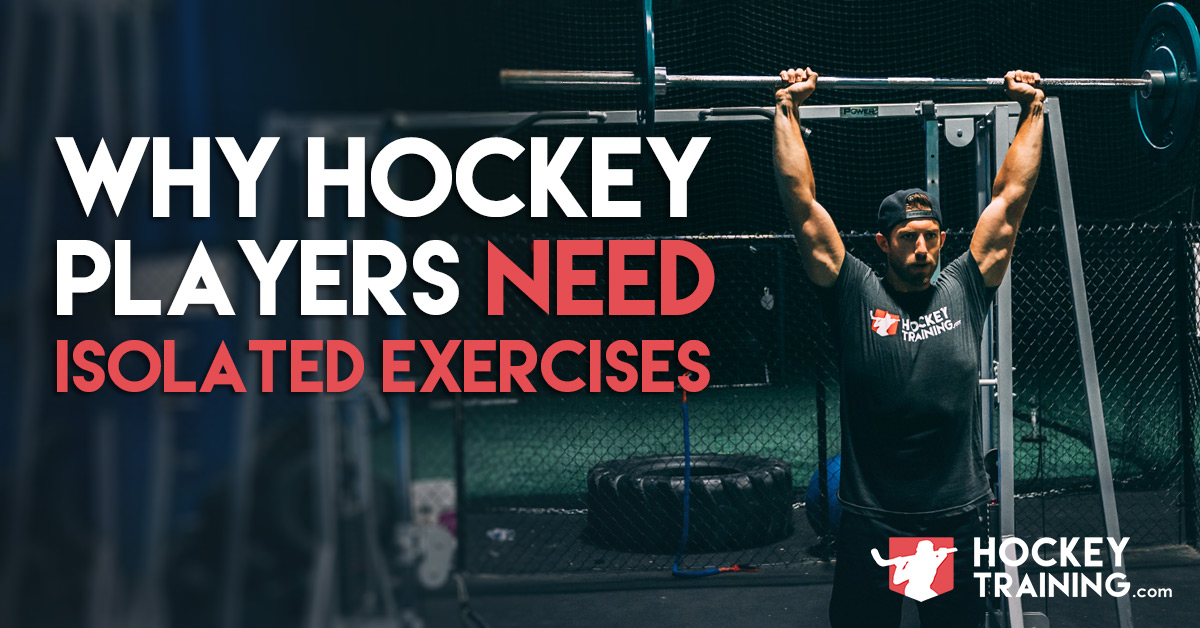Put very simply, compound exercises are multi-joint movements that involve several muscle groups.
These exercises consist primarily of the traditional strength training and bodybuilding movements – things like squats, deadlifts, chin ups, bench press, and rows all apply here.
In sports science, it’s very fair to classify compound movement as “general” exercises because they don’t really represent any exact sport specific movements patterns that you would see during competition.
But, it’s not to say they aren’t beneficial – compound movements create a massive indirect benefit for functional outputs in athletes by increasing their muscle mass, strength, bone density, motor unit activation, and connective tissue health.
Correcting Absolutists
If there was one thing I would suggest that you always be skeptical of, it’s when coaches speak in absolutist terms.
You should ALWAYS do this.
You should NEVER do that.
That methodology is completely stupid.
You won’t learn ANYTHING from doing that.
These are all statements that in most cases most of the time, people haven’t fully thought through. Unfortunately, the area of compound exercises fits this ideology of thinking with some coaches.
Some coaches and trainers (usually with a powerlifting or bodybuilding bias) typically say things like:
“Don’t ever worry about replicating sports specific movements. Just get strong in the basic movements and you’ll get all the athleticism you’ll ever need.”
Now – improving strength in the basic compound lifts is crucially important and will have a massive contribution towards sports performance.
But, let me use an example from their world to explain why I don’t think they have really thought it through.
If you came to this coach and you wanted to improve your bench press – in addition to putting you on a bench press focused program, they would likely also have you perform plenty different bench press variations to create a more complete approach.
You would likely be performing:
- Close grip bench
- Wide grip bench
- Pause bench
- Incline bench
- Decline bench
- Two- or three-board bench
- Chain work
- Band work
- Bench with various speed tempos
- Bench using various loads
- Bench using various rep ranges
Among many, many other options (of course, you wouldn’t be doing all of these, but you would be doing a select handful for sure).
This coach would classify these movements as “assistance” exercises because they will help you improve your performance in your main goal – gaining strength in the standard bench press.
What’s funny here is that they are using exercises that replicate the specific force generation patterns and neuromuscular coordination as the bench press does, but for some reason, they see this as “passable” – yet other exercises that have been deemed as “functional”, they shun for whatever unknown reason.
Isn’t This A Little Contradictory?
Why can’t the same principle be applied to other movement patterns?
Strength coaches use “assistance exercises” to build the main powerlifting exercises because they properly replicate the movement patterns, muscles, and coordination demands.
It doesn’t take much more than simple common-sense to understand that this has a greater application than just squats, deadlifts, and bench press.
Specific exercises for proper hockey training program design should include exercises that improve target movements that we utilize out on the ice.
Sport specific movements need not require a deeper definition than ones that utilize specific movement patterns that build the foundation of athleticism in the desired sport.
The Truth Is Always Found in The Middle
By now, you should know that hockey athletes should always be using the general, traditional strength training exercises to get bigger and stronger because this will absolutely help you improve your overall athletic ability and functional capacity.
But, using the one-track mindset of “powerlifting only” or “bodybuilding only” has its limitations, which is why here at Hockey Training I utilize a very wide-spectrum of exercise selection across all of the program design to create the most complete programs available.
Maximal athletic ability and optimal work capacity can’t be achieved with the basics alone, to state otherwise would lead me to believe that you haven’t worked with many athletes in your career – or, have been too scared to step outside your safe world of only ever using barbells and dumbbells in your program design.
Hockey specific movements utilizing implements like medicine balls and multi-directional movements allow us to produce benefits in the areas where general exercises fall short.
The truth is always found in the middle.
Yes, we need plenty of the basics.
Yes, we need plenty of functional movements.
But no program design should over-emphasize either quality – a balance should be met between the two to meet the demands of the hockey athlete.
Final Thoughts
Many coaches will read this and sit there with their crossed-arms and continue to preach to their athletes that they should “just get strong in the main lifts” – and not worry about what real replication of force-generation and neuromuscular coordination of specific, targeted movements can really do for their athletes when applied correctly.
The funniest part?
These same coaches are often the same people who tell their athletes to “stay off the machines because they don’t resemble the movement mechanics involved in hockey”
Now if that isn’t the biggest contradiction in sports science theory existing today, I’m not sure what is.









